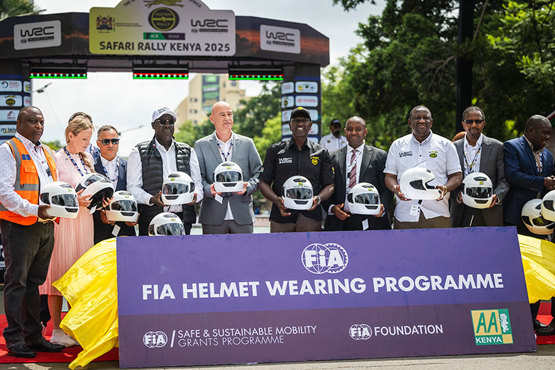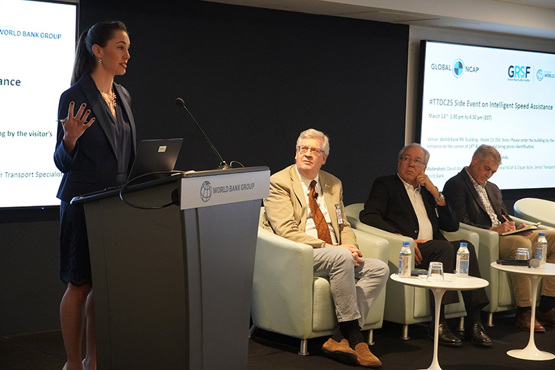Nairobi school zone safety changes supported by FIA Foundation and AA Kenya
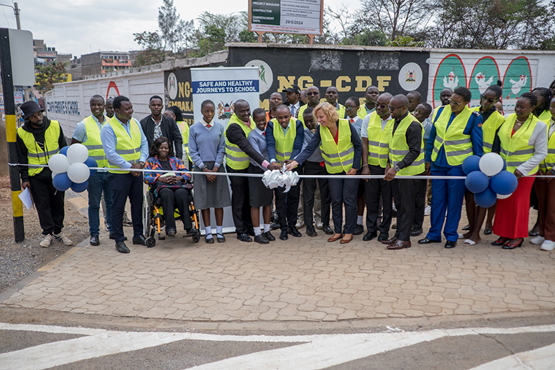
A Nairobi school zone has received vital road infrastructure remediation through a collaborative effort between Amend, the Automobile Association of Kenya (AA Kenya), and the Association for Safe International Road Travel (ASIRT), supported by the FIA Foundation.
Vital infrastructure upgrades around Kayole One Primary School will help protect 4,000 pupils in the Kenyan capital. Amend’s School Area Road Safety Assessment and Improvements (SARSAI) programme assessed and implemented the changes, including installing speed bumps, zebra crossings, road signs, and new pavements with barriers.
The school is in a densely populated area between three busy roads where crashes have claimed the lives of four students and injured many more. The project demonstrates the kind of low-cost interventions that can be easily implemented and significantly enhance the safety of road users.
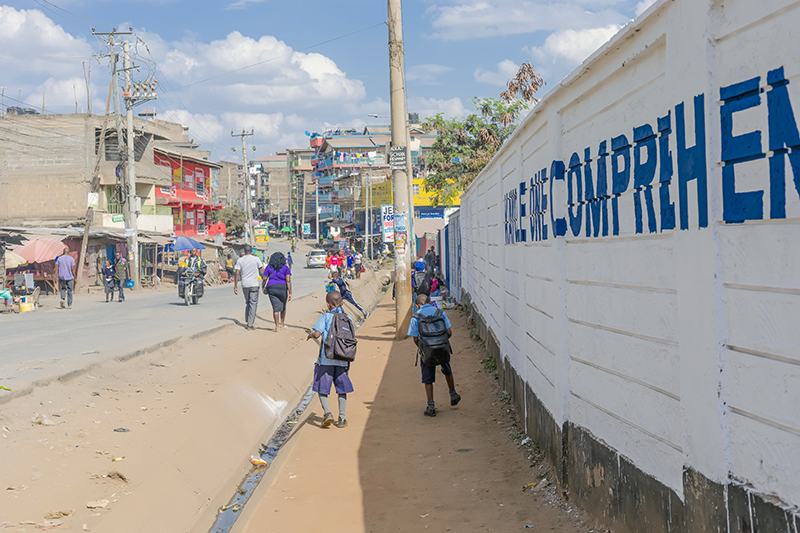
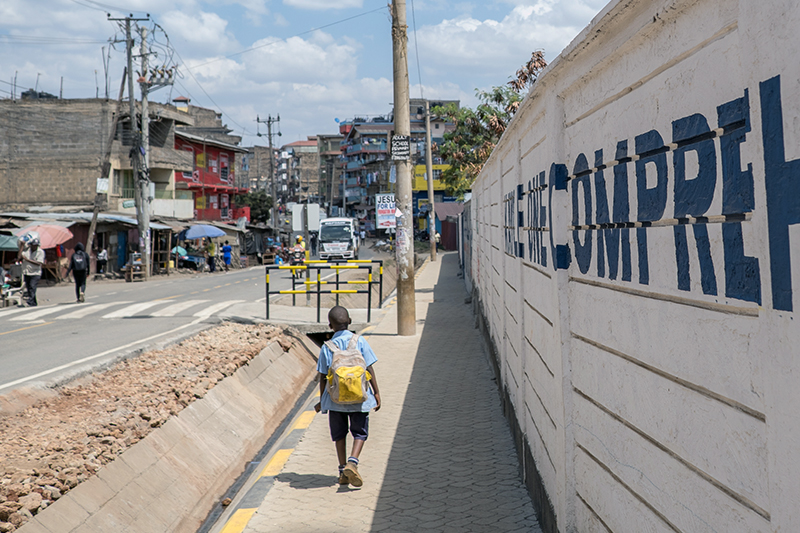
A ribbon-cutting event at the school highlighted the benefits of implementing these solutions, emphasising the need to scale up such interventions through much-needed political will, government commitment, and investment. Among those present at the event were representatives of the local and national government, the National Transport and Safety Authority, the Traffic Department, Kenya Urban Roads Authority, and civil society organisations including representatives from road safety NGOs in Malawi and Zimbabwe.
Simon Kalolo, Amend Tanzania Country Manager, said “We worked closely with the community to identify high-risk areas and design cost-effective infrastructure improvements based on evidence. Speed bumps, bollards, and other modifications encourage safer driving behaviour, reducing risks to vulnerable pedestrians such as school-going children.”
Timothy Kelly, AA Kenya Director of Mobility, said: “This project is just the beginning; with more funding, we aim to replicate similar initiatives across the country.” Emphasising the need for everyone to play their part in making roads safer for children, he added: “This project showcases how infrastructure improvements can save lives and we must build on this momentum to ensure safety for all Kenyan children.”
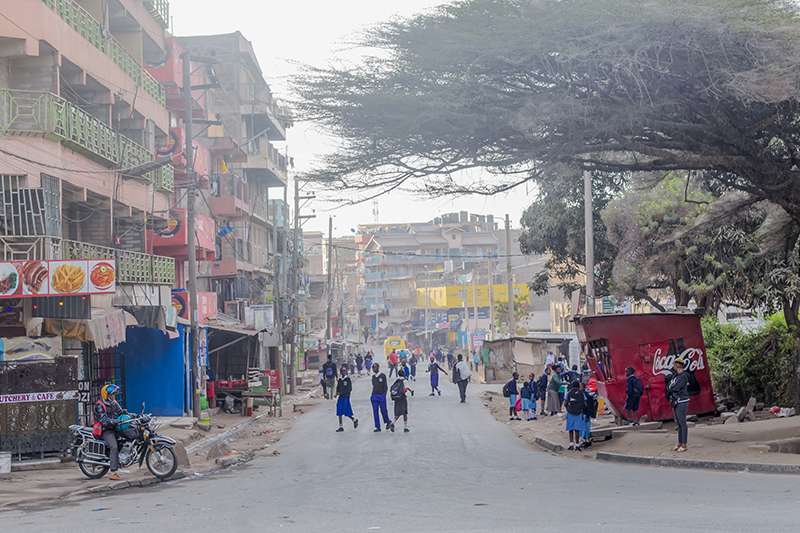
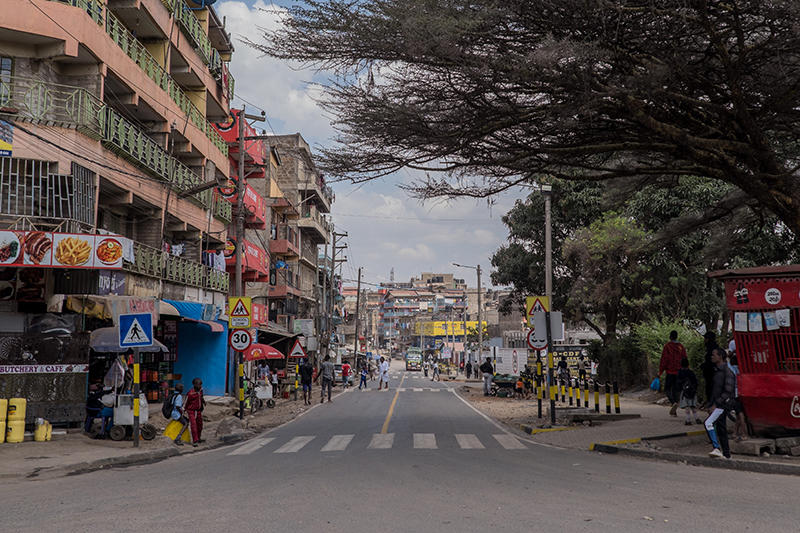
Engineer Isaack Gitoho, ASIRT Chairman, said: “These children are vulnerable because they are still learning how to navigate roads safely. Expanding this initiative will significantly reduce risks for all school-going children.”
Aggie Krasnolucka, FIA Foundation Programmes Director, added: “Africa faces some of the highest traffic fatality rates, with children being among the most vulnerable road users due to a lack of appropriate infrastructure and insufficient political will. This demonstration project shows how effective safety infrastructure can create safer journeys to school.” She added, “International actors alone cannot fund all the necessary safety infrastructure. The Kenya National Road Safety Plan highlights school road safety indicators, meaning the government must channel more resources to expand these initiatives.”
Photo credits: Edward Echwalu
